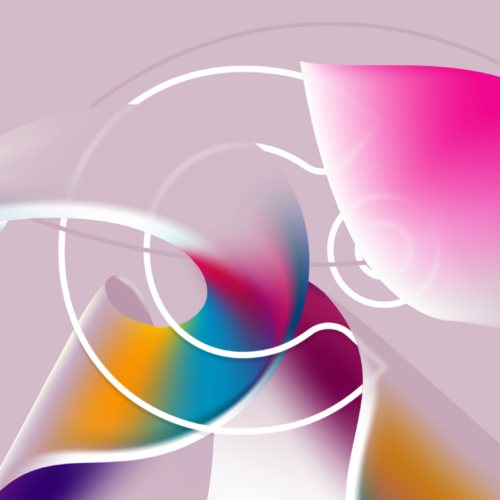Behind every successful B2B website launch, you’ll find a comprehensive discovery process that established its foundation. Best accomplished through a combination of data analysis, workshops, and other research techniques, discovery allows your web design agency to determine the best approach to a redesign.
Conducted in the earliest days of an engagement, the discovery process sets the stage for all the design and development work that will follow. Though built on gathering information from an assortment of sources, discovery only needs to answer two main questions about your firm: Where are you now and where do you want to be?
Once you and your creative partner have established a framework for your project, you can start resolving a third, vitally important strategic question for your business: How do you get there?
But first, a design agency needs to generate a holistic view of your project. When conducted properly, the discovery process will bring clarity to four key areas of focus:
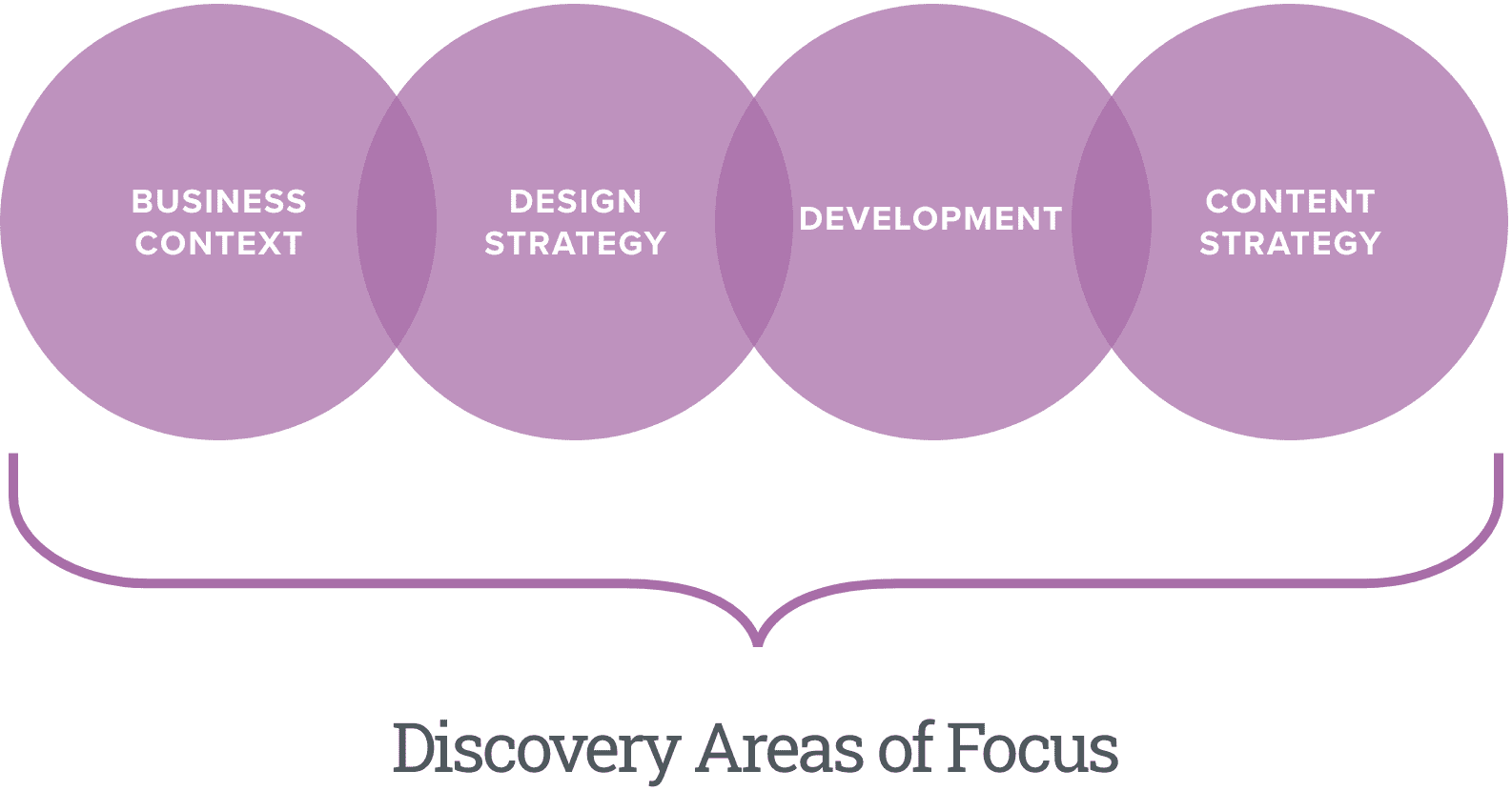
1. Business Context: Why Does This Project Exist?
When you create an RFP to work with a web design agency, you have to think about your positioning and the purpose of your project. But even if firms are pursuing a redesign to reflect a new direction for their business, stakeholders will often fall short of connecting how the new site should resolve their business needs.
But rather than attempting to capture the full business context for your project in advance, your web design agency’s discovery process should function as an interactive brief for your project.
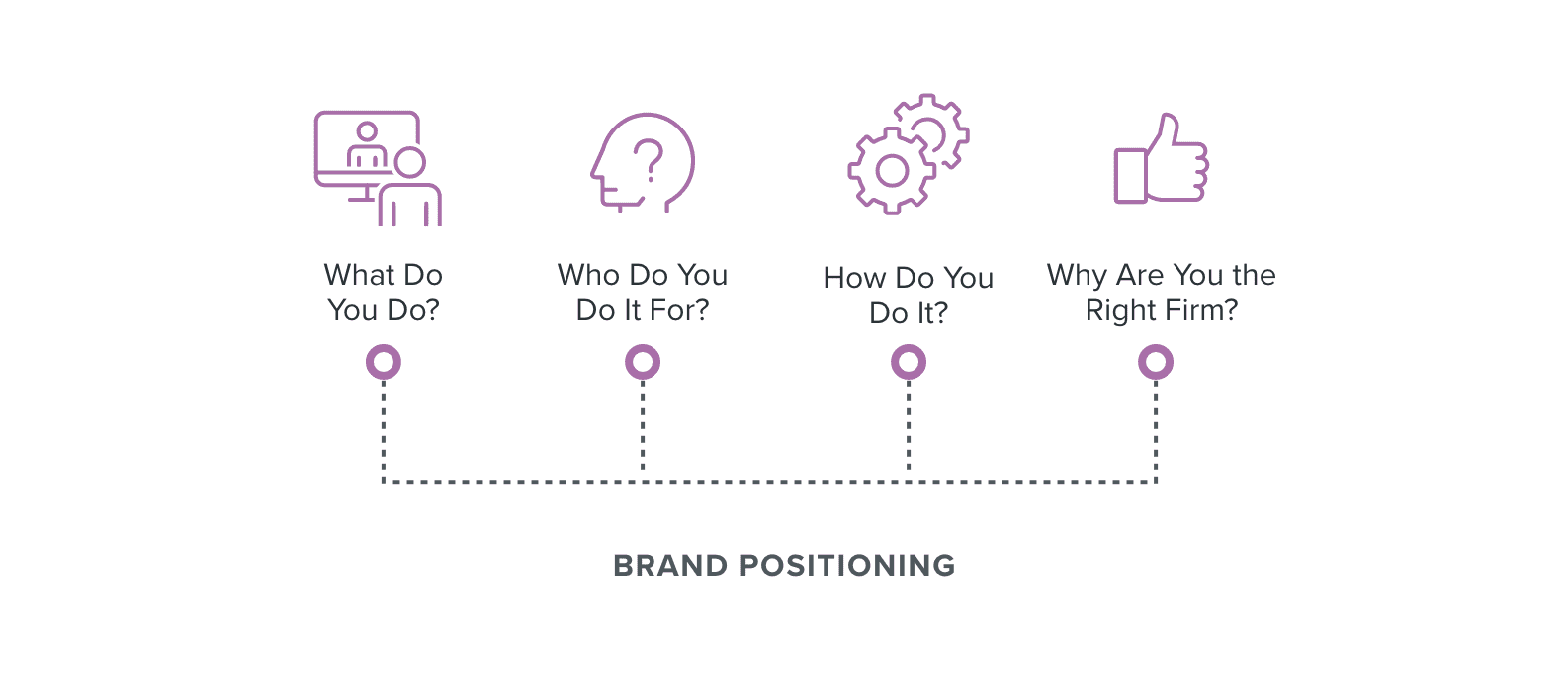
Fundamentally, your website project comes down to a few core questions tied to your brand’s positioning: What do you do? Who do you do it for? How do you do it? And why are you the right firm for your customer?
With those factors in mind, your agency should take a comprehensive look at both your business and its place in the market. Thorough competitive analysis allows your creative partner to evaluate the other firms in your field and identify where your gaps or greatest opportunities lie.
Establish a Clear Connection Between Your Website and Your Business
Before the project can start, your agency also needs to know where your website fits across all areas of your business. Do you need your website to function primarily as a lead generation tool? How does digital fit into your sales strategy? And what resources should your website offer existing clients?
Once you’ve established the business context for your project, you and your agency can identify a few KPIs to measure your design’s effectiveness. Engagement metrics such as time-on-site, page views per visit, and conversions will constitute success for most B2B firms. For others, establishing stronger brand awareness and positive sentiment with a new site launch will be a higher priority.
2. Design Strategy: How Can the UX and UI Design Bolster Your Business Strategy?
Once discovery has placed your project within the context of your positioning, your web agency can establish its design approach. Unlike direct-to-consumer businesses, B2B websites serve multiple audiences with differing goals and expectations.
Discovery allows your web agency to determine the user personas they’re designing for and how to best satisfy their objectives. Even if your firm feels it has nailed down your customer personas, your agency still needs to conduct their own research and identify gaps that your design needs to resolve.
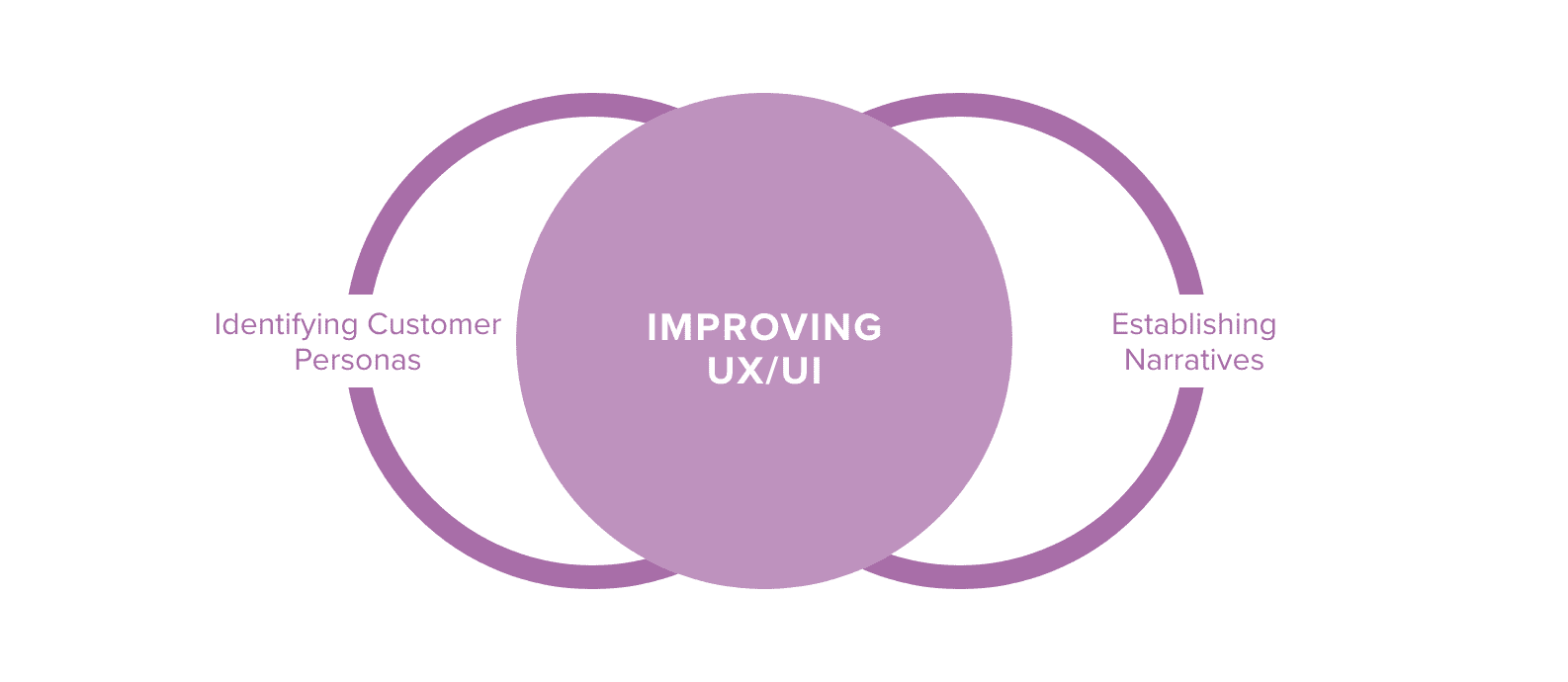
Design strategy is all about your brand. Sometimes who you are and how you are represented on your website no longer align. If discovery finds your brand identity isn’t solid, then your agency can determine whether it’s best to rework your brand before tackling your site.
Understanding Your Audience Sets a Roadmap for the Design Process
With your customer personas identified, your web design agency can establish narratives around your offerings to improve the user experience. Features such as ROI calculators, live chats, and gated resources are tools that help users reach their objectives and contribute to lead generation.
Along with building an understanding of what your external audiences need, discovery should inform your web design agency about your internal processes as well. At the end of discovery, both sides of the engagement should understand who will approve design directions, how long it will take, and how feedback will be collected.
From the beginning, you need to ensure no critical voices are left out and enter the design process too late, which can derail any project’s progress.
3. Web Development: What Technology Will Facilitate Your Business Strategy?
Discovery also allows your agency to evaluate your website’s technology requirements. Fundamentally, your development needs depend upon how satisfied your firm is with its current CMS.
Often, your need to migrate to a new CMS will depend on your organization and its growth. If you’re a startup with a site built on a platform like Squarespace or Wix, your future needs will be better served by a more robust and flexible solution like WordPress. Larger, enterprise-level firms may be more suited to the expanded features of Drupal or Adobe AEM, which come at a greater cost.
Most modern CMS solutions are intuitive, flexible, and provide an efficient workflow for your team. But they all have strengths and weaknesses, and the discovery process should align the CMS strengths and technology needs to your business strategy.
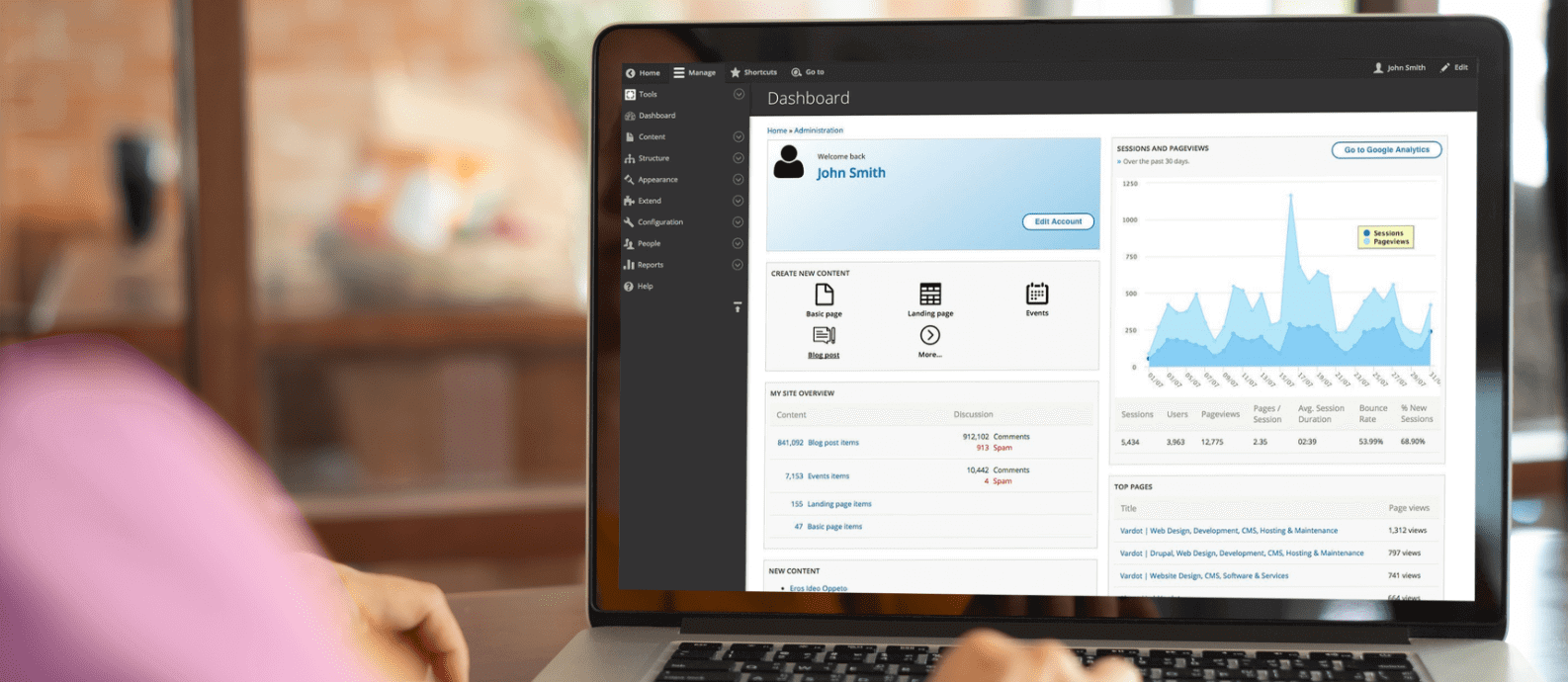
Input from IT Streamlines Web Design Engagements
Most websites are a shared responsibility of marketing and IT, which can be a tricky situation to navigate. Marketing wants to control whatever is displayed, and IT wants to control the technology.
While your teams may not always see eye-to-eye, you’ll see better results from your design project by including IT in discovery conversations with your agency. Along with increasing IT’s comfort level with your web design partner, your agency will better understand critical details such as your hosting requirements and who owns DNS and domain changes.
Often, your IT team can also ensure that your new site’s infrastructure will support its data and analytics needs, which are critical to measuring the success of your content.
4. Content Strategy: Does Your Site’s Content Support Your Business Goals?
Along with understanding the content types your customers need, your web design firm should ensure all your site’s content is aligned with your business needs. For B2B technology firms, your product and solutions pages are crucial. Your content should be direct, clearly written, and aligned with your brand messaging.
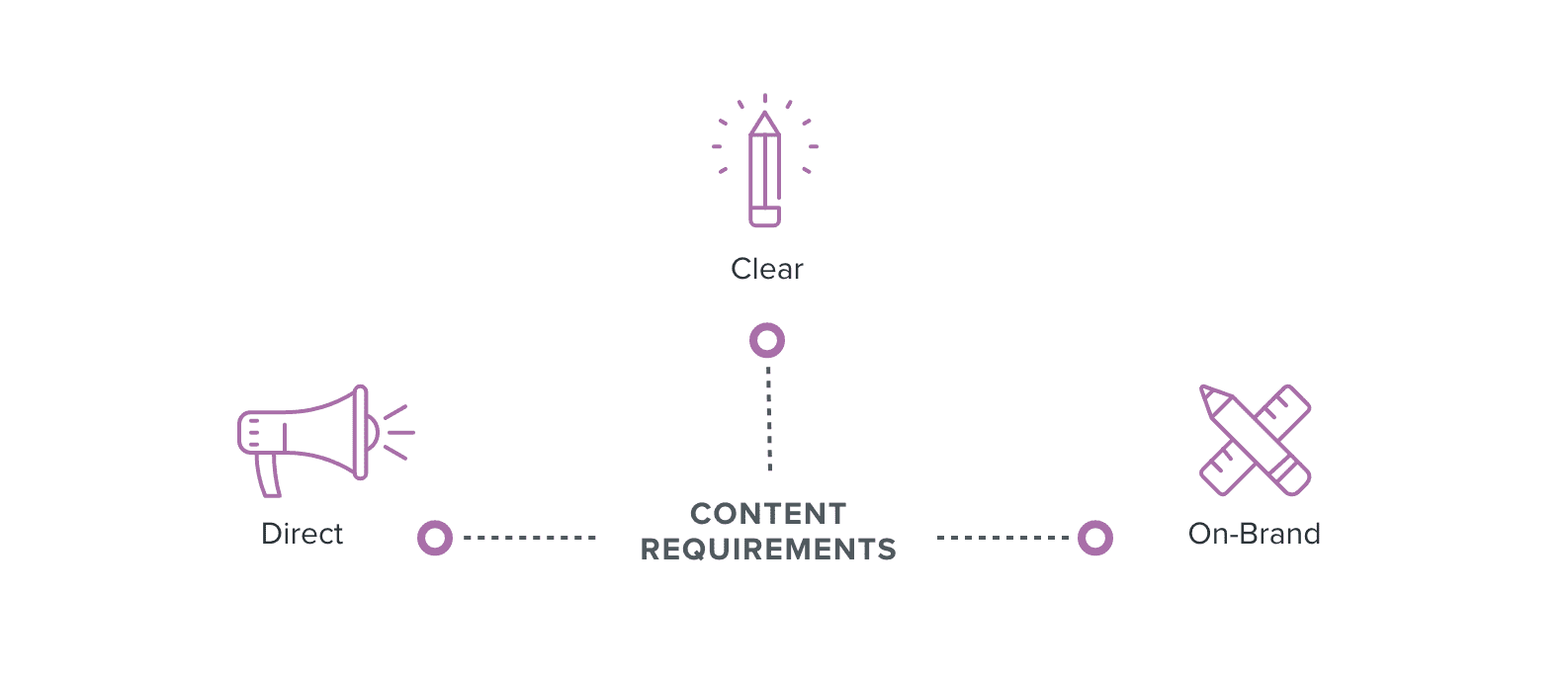
The discovery stage allows your web design agency to evaluate your site’s existing content and identify any gaps in your customer journey. If new content needs to be created or refined, you and your agency can establish ownership of that portion of your project. Then, you can integrate the right keywords to ensure the content aligns with SEO best practices.
By asking the right questions and recognizing ways to support your business objectives, your web design partner can begin crafting an overall strategy. Once you’ve found the right people to ask all the right questions about your new website, your firm will discover a clear path toward where it needs to go.


